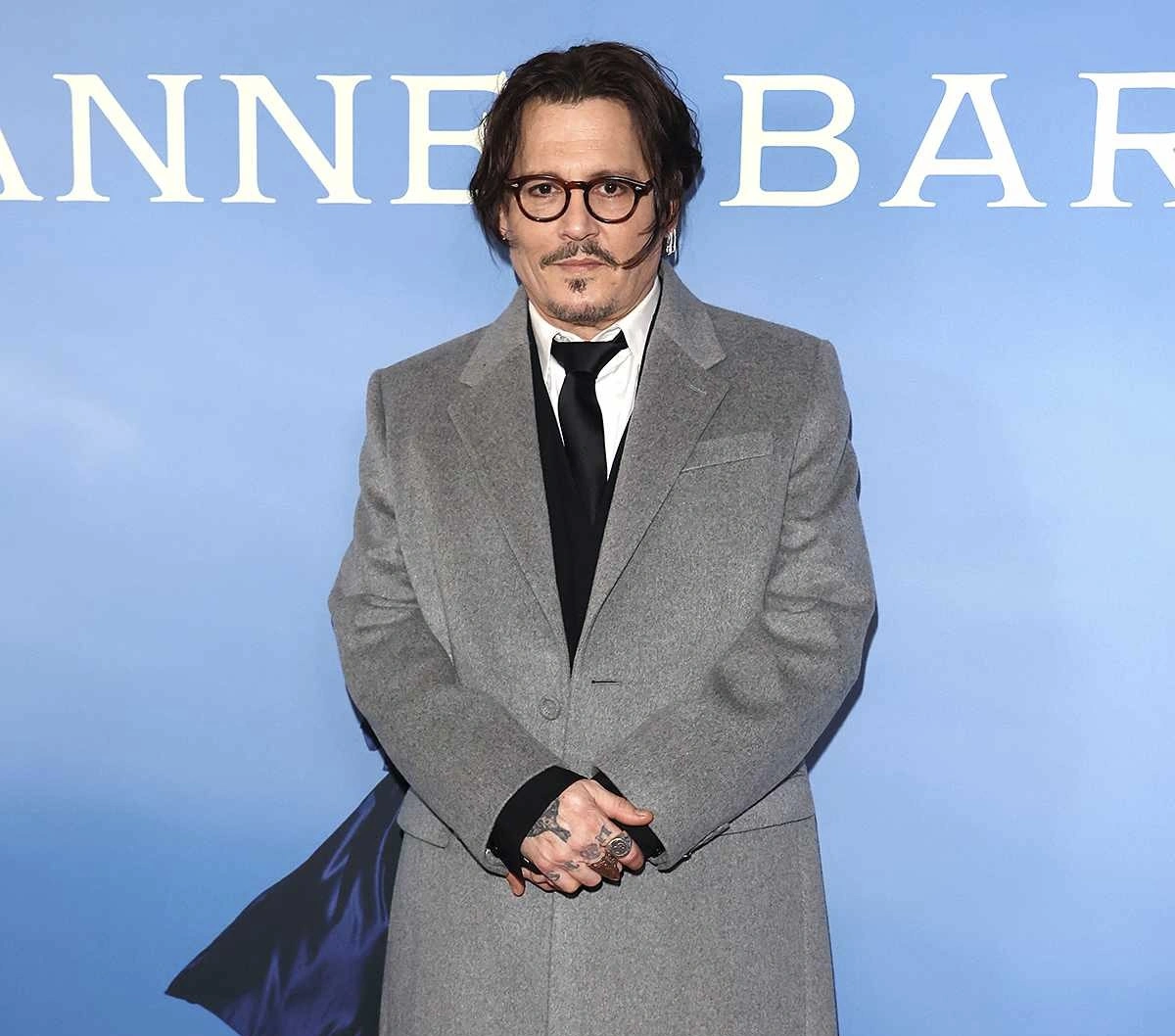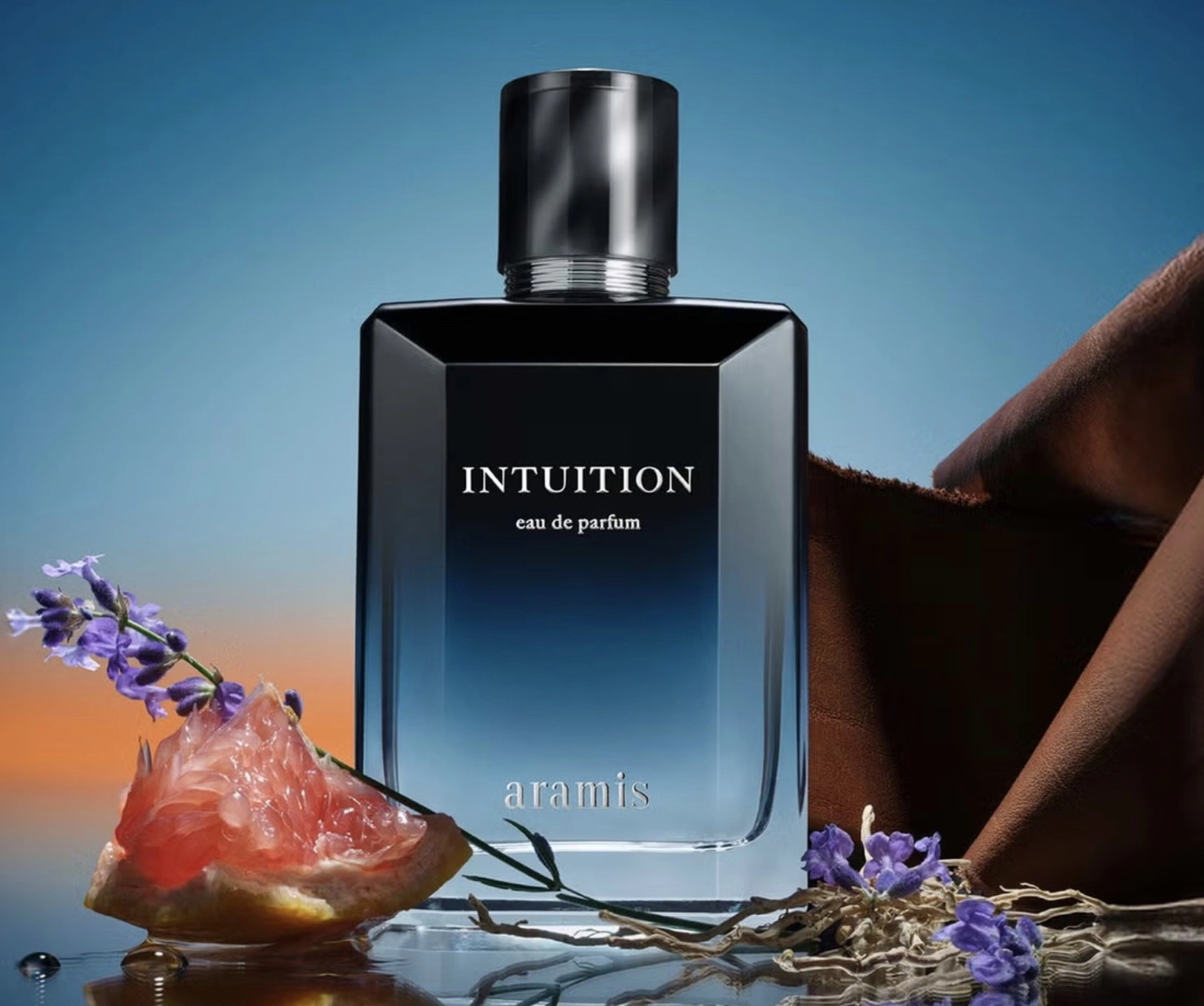Music | Hip-Hop | Culture | Social Justice | Community
“I’m the voice of the people who’ve been oppressed / Ain’t no equal justice, it’s just us.” – Common
When Common released “The People” in 2007 as part of his critically acclaimed Finding Forever album, the track immediately struck a chord beyond its lyrical elegance or Kanye West’s dusty, soul-chopped production. It tapped into something deeper: a cultural reckoning, a meditation on identity, a tribute to survival. And nearly two decades later, the track hasn’t aged—it’s aged better, gathering new meaning amid the evolving pulse of hip-hop, urban community politics, and the generational struggle for justice.
Common as an Urban Griot
Common (formerly Common Sense) has long occupied a unique position within the hip-hop landscape. Rooted in Chicago’s South Side, his style was always lyrical but not inaccessible, conscious but not preachy, and “The People” exemplifies that balance. He is a griot, the type of artist whose verses serve not just as music but as oral history—an observer and participant in the lives of everyday folks.
In “The People,” he isn’t speaking at a community—he’s speaking from it. “I’m the people,” he asserts, collapsing the distance between the artist and the collective. In hip-hop, where individuality and braggadocio often rule, Common’s stance feels radical in its humility. He doesn’t posture; he represents.
A Sonic Canvas of Cultural Memory
Produced by Kanye West during his soul renaissance era, “The People” builds its architecture from Gil Scott-Heron’s “We Almost Lost Detroit”—a perfect foundation for a song about cultural memory, Black resilience, and institutional neglect. The sample is more than musical; it’s historical scaffolding. It connects the political spoken word of the ’70s to the post-crack-era consciousness of the 2000s.
The beat breathes, looping warm chords and dusty drums, grounding Common’s reflections in a musical space that feels communal, like a block party in the shadow of a courthouse. Hip-hop has always been about taking the scraps and making something beautiful—and this beat is a quilt of resistance.
The Streets as a Mirror and a Stage
Common’s verse captures the contradiction of urban life: the beauty and brilliance that blossom under pressure, and the pain that festers when systems fail. He shouts out the “teachers and preachers,” the “skaters and the hustlers,” the “stick-up kids” and the “cops.” Everyone’s included. No one’s exempt. His lens isn’t romanticized or censored—it’s reflective.
What separates “The People” from more nihilistic street anthems is its hopeful realism. It acknowledges the traps—poverty, overpolicing, redlining—but also the resilience that emerges in spite of them. Hip-hop, in this mode, becomes a mirror and a megaphone, documenting the cracks while amplifying the cries.
Fashion, Language, and Cultural Ownership
Urban culture isn’t just defined by its struggles—it’s stylistic, inventive, expressive. Common subtly references these elements in his metaphors and cadence. From references to Afros to linguistic flips on “justice” and “just us,” every line is a reclamation. Language becomes a battleground, and Common wields his verses like a sword and shield.
In many ways, “The People” aligns with streetwear’s parallel narrative in urban communities—both emerged from necessity and creativity, and both have been co-opted by larger systems even as their origins remain deeply tied to culture-making from below.
The same way a distressed hoodie might signal rebellion, Common’s diction—plainspoken but poetic—is a uniform of authenticity. It doesn’t cater to mainstream palatability. It tells the truth and lets the cadence carry the weight.
Hip-Hop as Community Journalism
If CNN is where white America gets its facts, then hip-hop has long been where Black and Brown America gets its truth. “The People” functions like frontline reporting—not in the sense of breaking news, but of cultural documentation. It tells us what systems have long tried to bury: that the people at the bottom aren’t voiceless—they’re muted by design.
Common’s verses amplify these muffled frequencies. The song is filled with snapshots that most outlets won’t report: the corners, the laughter, the trauma, the dreams. It’s hyperlocal but globally resonant.
In the same vein as Nas’s “One Love” or Kendrick’s “Alright,” Common turns the mic into a periscope, letting the world glimpse how community feels when you’re living inside of it—not studying it from afar.
Justice, Memory, and a Culture of Care
One of the track’s most enduring legacies is its commitment to justice framed by care. Not justice in the legalistic sense, but in the broader sense of belonging, repair, and dignity. There’s a reason Common references Malcolm, Rosa, and martyrs of civil rights—not to mythologize, but to place today’s people within that lineage.
“The People” reminds us that movements are made of moments, and those moments are often fueled by culture: the right song, at the right time, in the right park, with the right crowd, becomes a protest, a prayer, or a pledge.
In 2025, amid renewed activism, gentrification, AI surveillance, and youth disengagement, the song’s lines feel even more vital. Hip-hop still stands as a platform for communal remembering and dreaming, and “The People” reminds us that the soundtrack of justice doesn’t have to be loud—it has to be true.
Impression: From “The People” to the Movement
Nearly twenty years on, “The People” holds its weight not only as a classic Common track but as a document of urban survival and solidarity. It captures the best of what hip-hop can offer: a bridge between art and action, rhythm and resistance.
We live in a time when hip-hop’s mainstream expressions are more expansive than ever—some deeply commercial, others defiantly grassroots. “The People” belongs to the latter, and it continues to matter because it reaffirms the most sacred hip-hop principle: that the mic is not just for self—it’s for us.
No comments yet.








